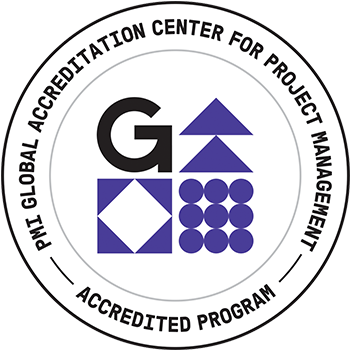Presentation: Transformed into What – Organizational Models of the Future
Abstract: The rapidly changing expectations of employment, move to remote work, competition for labor, and the gig economy are upending the typical organization. This is happening on a smaller, but more intimate level for every Project Manager. Our teams are defining new “ways of working” following the integration of essential lean and agile principles to meet the demands of great complexity in team functions and uncertainty in what and how to build our products.
There’s good news. The essential building blocks of how we work was, is, and will be ” the team.” And what drives performance on a team is still that which we know drives performance in projects – team communication. What might surprise you is just how much leverage the digital age gives future organizations to access networks of people and achieve the ideal form of teams with minimal investment.
In this presentation we’ll explore the essential drivers of team performance, team organizational theory, how that theory impacts engineering, the ideals of team design, and what the future holds for truly leveraged organizations. These lessons will help you answer the question of what your team should do to transform into an organization of the future.
PMI Talent Triangle: Strategic and Business Management (Business Acumen)

